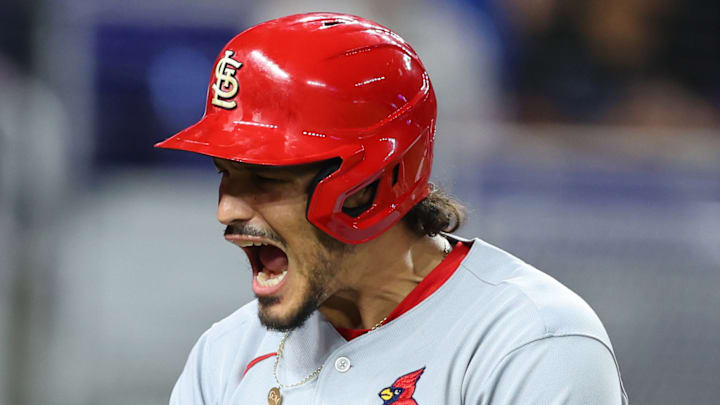8. Seunghwan Oh signing (2016)
Seunghwan Oh, aka "Stone Buddha" or "The Final Boss," was an outstanding closer in South Korea and Japan from 2005 to 2015 before signing with the Cardinals on a one-year deal with a club option for a second year. Originally serving as a setup man to Trevor Rosenthal, Oh took over the closing duties in July after Rosenthal struggled.
Oh was magnificent in 2016, his first season with the Cardinals, picking up 19 saves with a 1.92 ERA and an astounding 103 strikeouts in 79.2 innings. He also walked only 18 batters in that span and finished sixth in National League Rookie of the Year voting.
Oh couldn't come close to his numbers the next season, as he had a 4.10 ERA and lost the closer's role. The Cardinals chose not to re-sign him after the season, and he caught on with the Toronto Blue Jays. He returned to the KBO in 2020.
Oh's 2016 performance was nothing short of dominating, and if he had been able to approach those stats in 2017, the Cardinals might have given him an extension. Without Oh and his years of experience as a closer overseas, the Cardinals likely would have had to patch the open closer job with an inferior and less experienced option.
